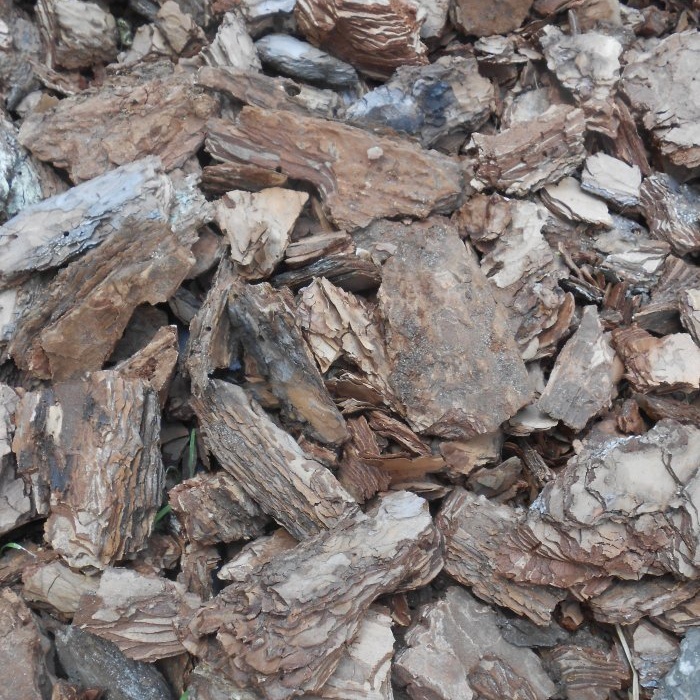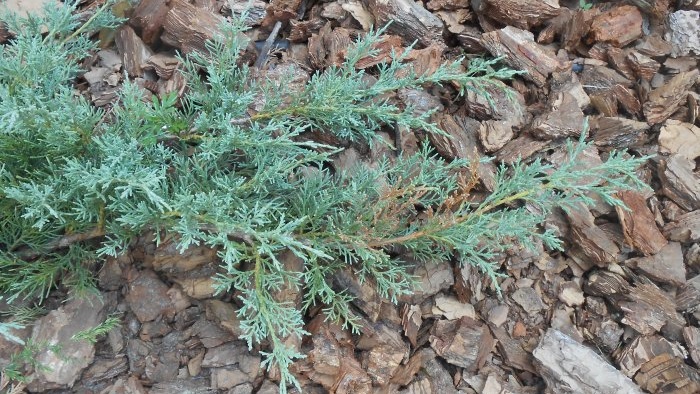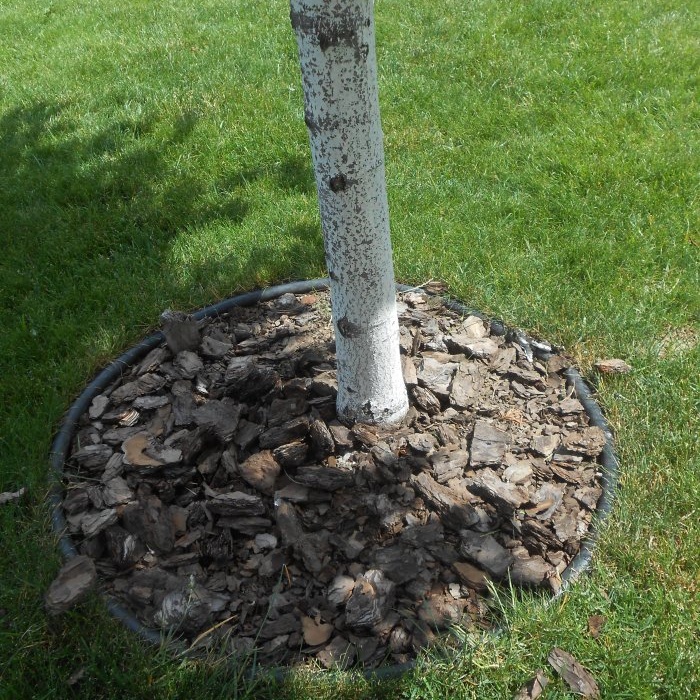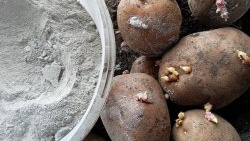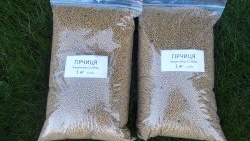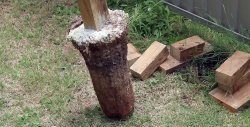In recent years, mulching has become very popular among professional landscape designers, and among summer residents and amateur gardeners. In the absence of ground cover plants, open soil after cultivation (digging, weeding, loosening) is subject to erosion. Under the influence of direct sunlight, wind, precipitation and other weather phenomena, the soil quickly loses its fertility, becomes compacted, and becomes covered with a soil crust. Mulch effectively protects the fertile layer from depletion and destruction.
Why do summer residents choose pine bark mulch to decorate garden areas?
Pine bark is an environmentally friendly material for soil mulching, which is a waste product from the wood processing industry. It is used in agricultural technology and landscape design to create a covering layer on personal plots, in gardens, parks, and open areas. Landscape design work with pine bark is especially relevant when designing flower islands, flower beds and flower beds, as well as for giving a finished look to conifer plantings.
Pine bark is a natural antiseptic. The essential oils and phytoncides present in the material protect plant leaves from the proliferation of pathogenic microflora living in the soil. Mulching is most often carried out in new plantings, immediately covering the soil with protective material. In such cases, the growing conditions for plants are significantly improved, and their care is simplified. No less important is decorating tree trunks with pine after digging.
One of the main advantages of choosing pine bark is the versatility of the material. Untreated bark of a discreet color in brown-gray tones goes well with all types of both organic and inorganic mulch (crushed stone, pebbles, decorative stone, marble, decorative chips of various shades, etc.). Using several types of fills, designers create stunning compositions from annual and perennial plants, conifers, deciduous shrubs, and flowers. Their boundaries are separated by special delimiters or made blurry.
Pine bark of small, medium and large fractions is found on sale. The choice of wood filling sizes depends on the designer’s goals. So, it is more convenient to use large fractions of bark for tall conifers, and, accordingly, small pieces for spring primroses in flower beds. All types of bark are suitable for decorating garden paths, alpine slides, ridges, rose gardens and front gardens.
Well, another undoubted advantage in favor of choosing tree bark for mulching beds and flower beds is the low price. Pine bark is one of the cheapest types of materials for decorating the top layer of soil.Naturally, unlike stone fills, wood undergoes decomposition and requires annual renewal, however, when using it, you can significantly save money without losing any decorative properties.
Useful properties of pine mulch:
- regulates moisture and air exchange, preventing moisture from evaporating and compacting the soil;
- prevents soil hypothermia in winter and overheating in summer, creating comfortable conditions for the root system of seedlings;
- protects the aboveground part of plants (leaves and fruits) from direct contact with the ground;
- interferes with the growth and development of all types of weeds, even the most malicious ones;
- repels moles and some pests (onion fly, carrot fly, cabbage fly);
- as organic material decomposes, it enriches the soil with minerals;
- gives a finished look to plantings, emphasizing the decorative properties of plants and decorating the landscape of any area.
In the first year after planting, the layer of pine bark should be at least 10 cm high. Once a year, the mulch is renewed by adding about 5 cm of material. Separately emerging thin weeds must be removed periodically. According to gardeners, one bag of pine bark is enough for several square meters of land. At the same time, the material is not blown away by the wind, dries quickly after rains, and is easily laid, evenly distributed over the soil surface.
Use natural materials on your site with benefit and pleasure!

